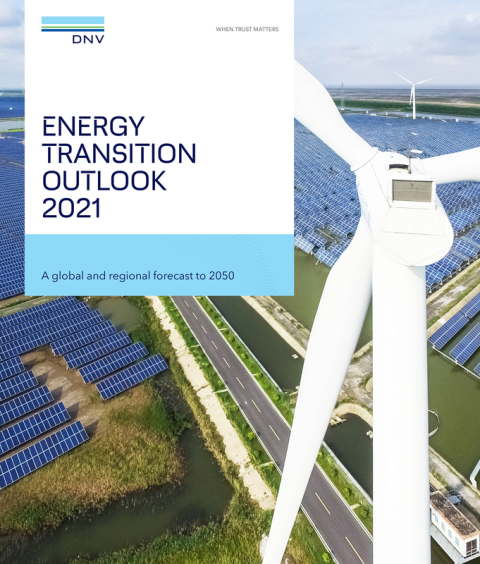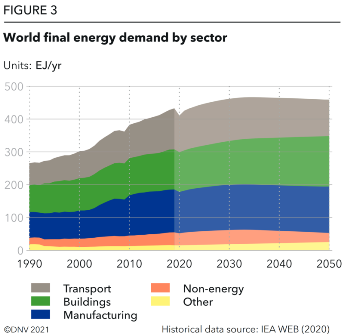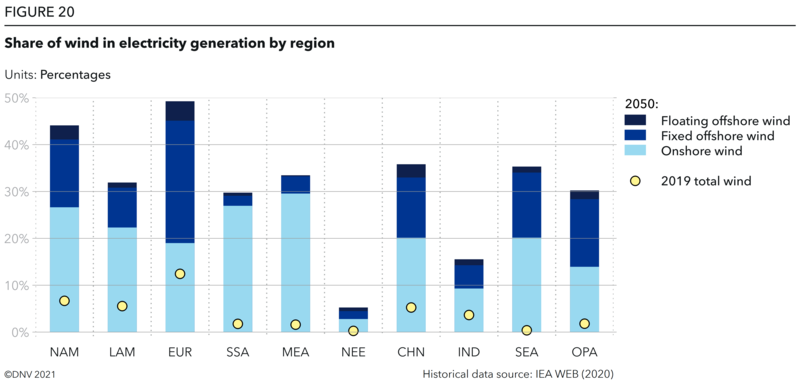
DNV’s Energy Transition Outlook 2021
A new forecast of the energy transition from DNV has warned that even if all electricity was ‘green’ from this day forward, the world will still fall a long way short of achieving the 2050 net zero emissions ambitions of the COP21 Paris Agreement.
The 2021 report highlights the global pandemic as a “lost opportunity” for speeding up the energy transition, as Covid-19 recovery packages have largely focused on protecting rather than transforming existing industries.
Electrification is on course to double in size within a generation and renewables are already the most competitive source of new power however, DNV’s forecast shows global emissions will reduce only 9% by 2030, with the 1.5˚C carbon budget agreed by global economies emptied by then.
The COP21 Paris Agreement was intended to keep global warming to “well below 2°C” and strive to limit its increase to 1.5°C. DNV has been consistent in forecasting a rapid transition to a decarbonized energy system by mid-century.

As rapid as that transition is, DNV’s forecast is that despite every effort being made, it remains definitively not fast enough for the world to achieve the ambitions of the Paris Agreement and warns the planet will most likely reach global warming of 2.3˚C by end of the century.

Download a copy of the full report
Information Source: Read Full Release ..–>
Oilandgaspress.com | Energy, Climate, Renewable, Wind, Biomass, Sustainability, Oil Price, LPG, Solar

